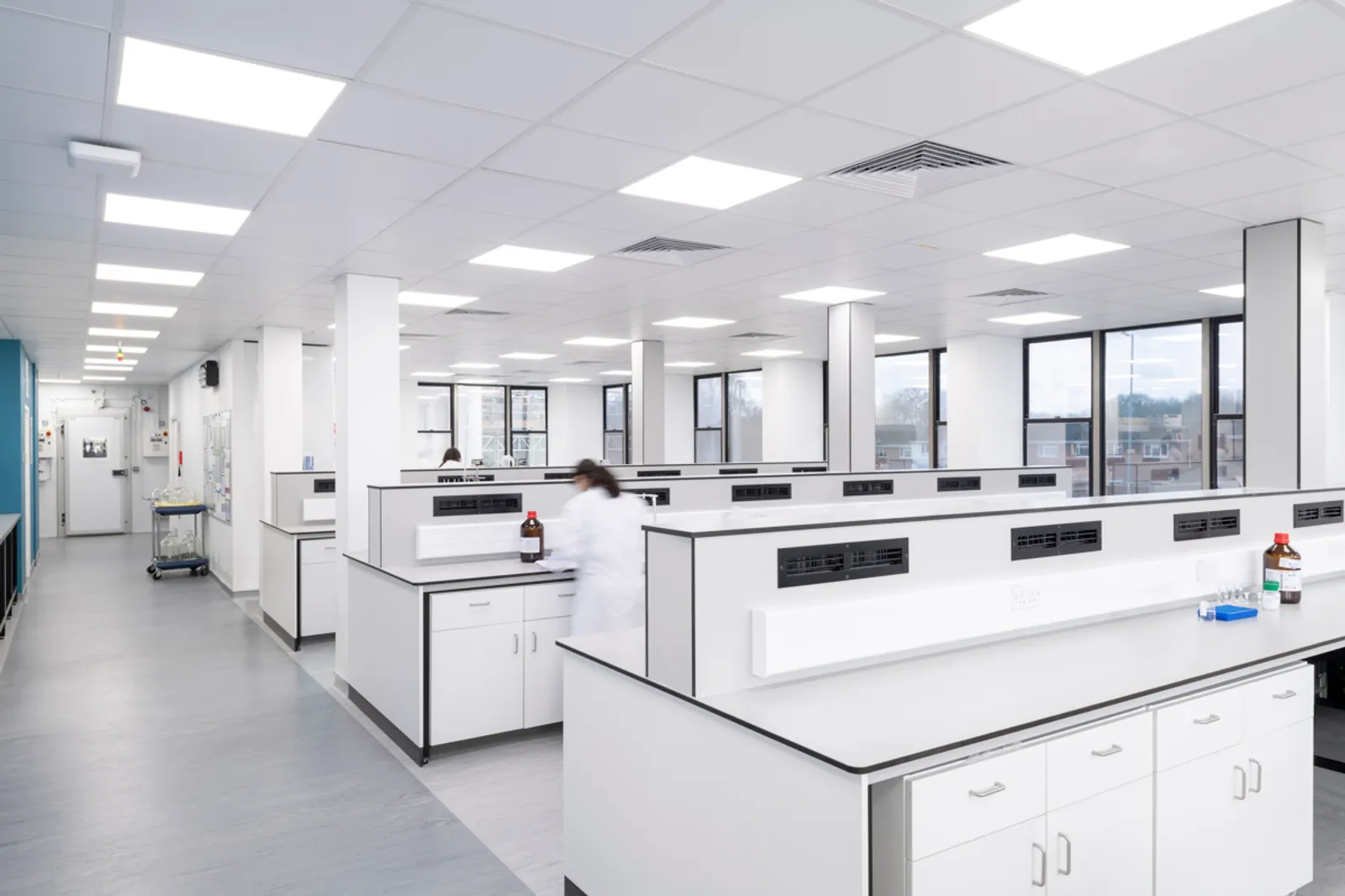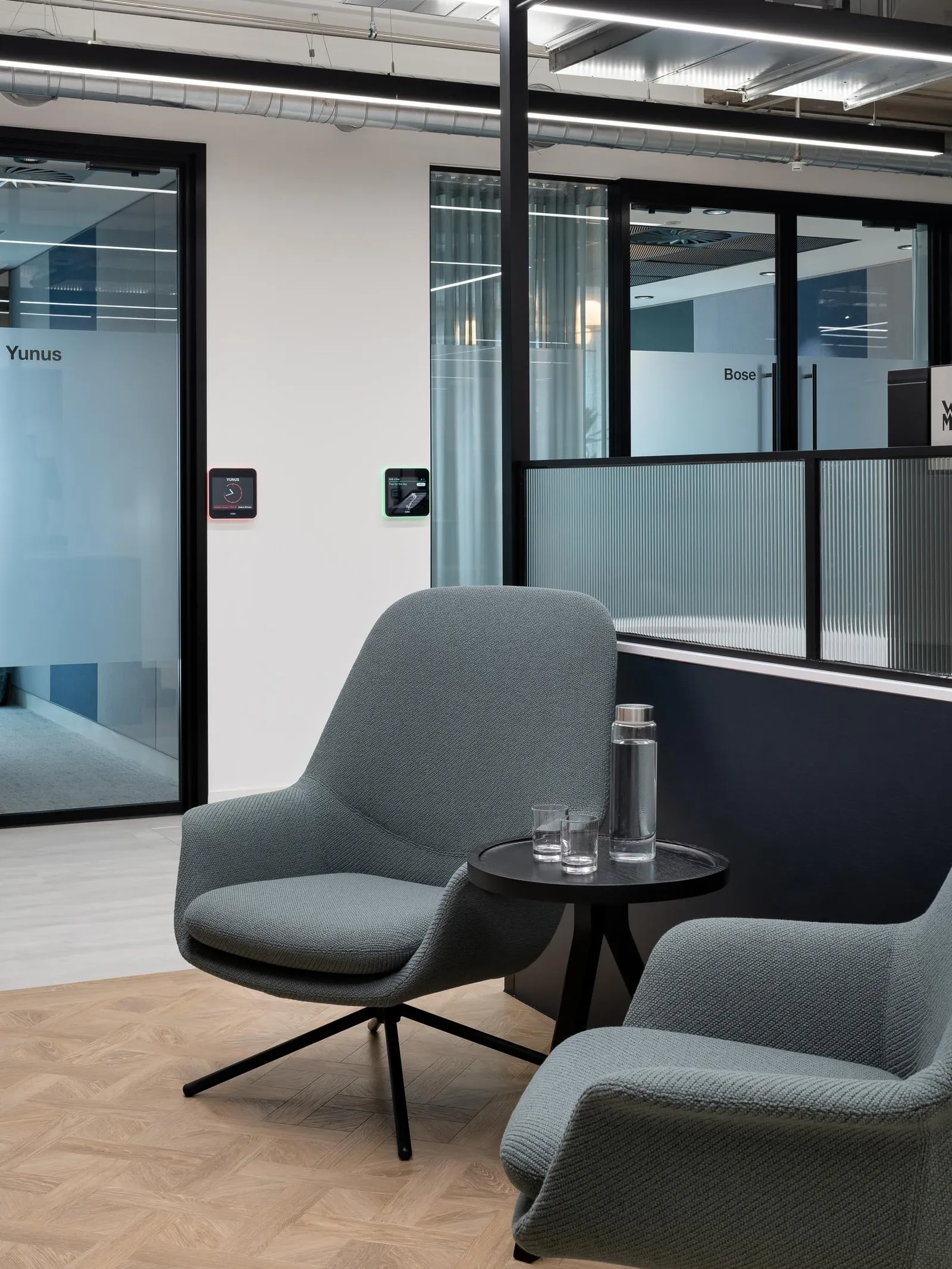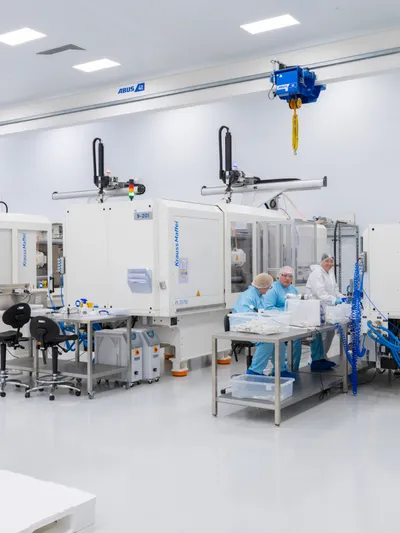In the dynamic world of scientific research and experimentation, efficient organisation and accessibility are paramount. The advent of technology has revolutionised laboratory practices, extending its influence even to the realm of storage solutions. Discover how cutting-edge technologies and innovative designs are enhancing the way laboratory equipment and supplies are stored, managed, and accessed.
The Impact of Efficient Laboratory Storage
Laboratories, whether in academia, research institutions, or industrial settings, are brimming with a diverse array of equipment, chemicals, samples, and supplies. Navigating this intricate inventory is not just about maintaining order, but about optimising workflows, reducing wastage, and ensuring the safety of personnel. The traditional approach to laboratory storage, often involving manual cataloguing and shelving, has its limitations in terms of efficiency, accuracy, and scalability.
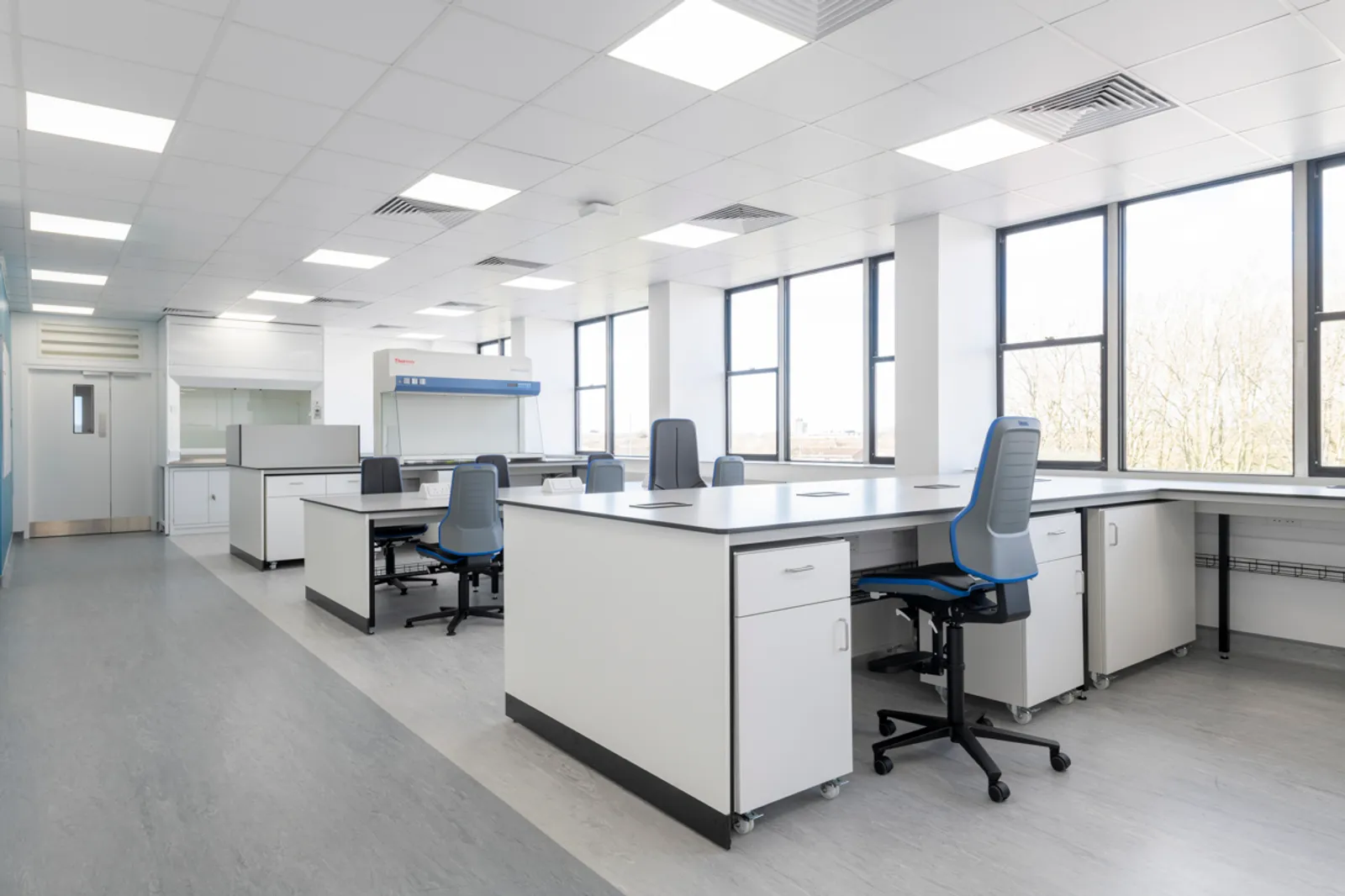
7 Smart Storage Solutions for Laboratories
Enter the realm of smart storage solutions. These innovative systems leverage technology to create a harmonious blend of efficiency, accessibility, and data-driven decision-making. Automated storage systems, IoT integration, and advanced tracking mechanisms are redefining how laboratories manage their resources.
1. Automated Storage Systems
One of the keystones of smart laboratory storage is the integration of automated systems. These systems employ robotics and mechanised components to efficiently manage and retrieve items. The days of manually searching through shelves are replaced by automated retrieval, drastically reducing human error, saving time, and optimising space utilisation. Automated systems also offer a layer of security, ensuring that sensitive materials are accessed only by authorised personnel.
2. IoT Integration for Real-Time Monitoring
The Internet of Things (IoT) has extended its reach to the laboratory environment, transforming storage solutions into intelligent networks. IoT-enabled storage systems can monitor variables such as temperature, humidity, and light exposure, ensuring that stored materials are maintained under optimal conditions. Real-time alerts can be triggered if conditions deviate from the desired range, safeguarding the integrity of samples and reagents.
3. Data-Driven Insights for Efficient Inventory Management
Smart storage solutions are not just about physical systems; they are also about harnessing the power of data. Laboratory managers can now tap into analytics and insights to understand consumption patterns, anticipate demand, and make informed procurement decisions. By analysing usage trends, these systems can help laboratories avoid overstocking or under-stocking, thus reducing waste and optimising budgets.
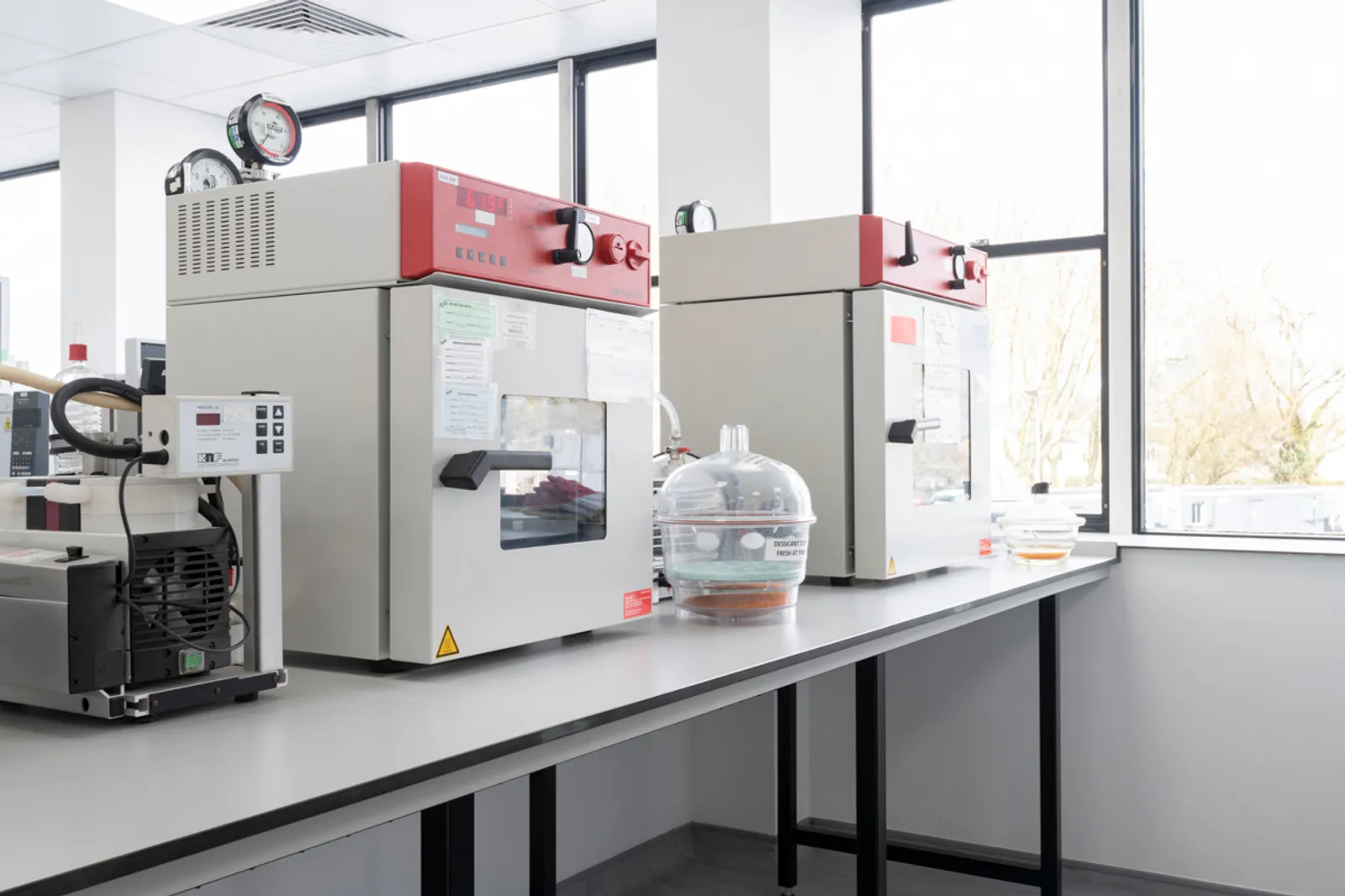
4. Barcode and RFID Tracking
Barcoding and Radio Frequency Identification (RFID) technology are revolutionising inventory management. Each item is assigned a unique code or tag, allowing researchers to quickly locate and track items using scanners or RFID readers. Beyond their immediate tracking benefits, barcoding and RFID technology contribute to data-driven decision-making, where laboratories can extract valuable insights from the accumulated data.
5. Ensuring Regulatory Compliance
Labs, especially those dealing with hazardous or sensitive materials, must adhere to stringent regulatory standards. Ensuring you plan for this first when building storage, will provide traceability and accountability, guaranteeing that materials are stored and accessed in compliance with regulatory requirements and will not become a hindrance further down the line. This not only minimises the risk of violations but also streamlines the auditing process.
6. Customisation for Diverse Needs
Laboratories have diverse requirements based on the nature of their work. Whether it's accommodating various container sizes, managing different types of chemicals, or storing specialised equipment, these systems can be customised to meet specific needs. Modular storage units offer flexibility by allowing laboratories to customise storage spaces according to their requirements. These units can be easily reconfigured to accommodate different-sized containers, making them ideal for labs with changing needs. This adaptability ensures that the solutions are not one-size-fits-all, but tailored to the nuances of each laboratory's operations.
7. Green Storage Solutions
With a growing emphasis on sustainability, laboratories are exploring storage solutions that minimise energy consumption, reduce waste, and utilise eco-friendly materials. While the adoption of green storage solutions might require an initial investment, these practices yield long-term benefits. By reducing energy consumption, laboratories not only contribute to environmental preservation but also realise cost savings over time. Moreover, the alignment with sustainable practices enhances the laboratory's reputation and reinforces its commitment to responsible research.
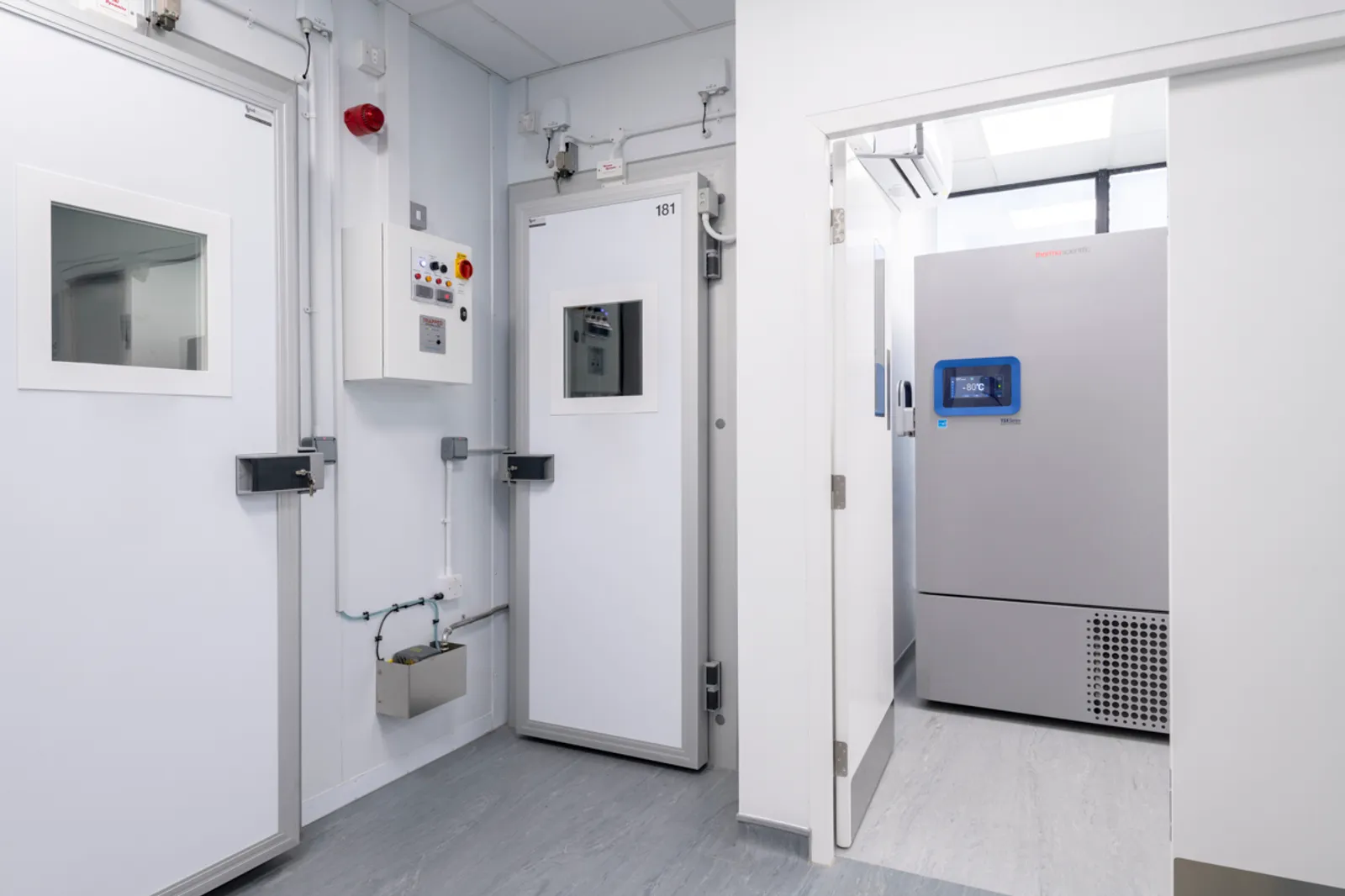
Regulatory Standards for Laboratory Storage
Laboratory storage must adhere to strict regulatory standards to ensure the safety of personnel, protection of the environment, and accurate preservation of samples and reagents. These standards encompass various aspects, including but not limited to:
Chemical Storage: Proper segregation, labelling, and containment of hazardous chemicals in accordance with chemical classification regulations (such as GHS) to prevent accidents and exposure.
Temperature Control: Compliance with temperature requirements for sensitive materials, including refrigeration or cryogenic storage for biological samples and controlled substances.
Ventilation and Air Quality: Ensuring adequate ventilation and air quality to minimise exposure to fumes, gases, and harmful particulates.
Fire Safety: Implementation of fire safety measures, including proper storage of flammable materials, use of fire-resistant cabinets, and adherence to fire codes.
Emergency Preparedness: Availability of emergency equipment such as eyewash stations, safety showers, and fire extinguishers, along with clear evacuation plans.
Radiation Safety: Proper storage and handling of radioactive materials in accordance with radiation safety regulations to prevent contamination and exposure.
Biohazard Containment: Compliance with biosafety regulations when storing hazardous materials, including proper labelling, containment, and waste disposal.
Record Keeping: Maintenance of accurate records detailing storage conditions, usage, and disposal of materials, crucial for traceability and regulatory audits.
Access Control: Implementation of restricted access to authorised personnel only, preventing unauthorised access to hazardous or sensitive materials.
Waste Management: Proper segregation, labelling, and disposal of hazardous waste materials following waste disposal regulations and guidelines.
Quality Assurance: Implementation of quality control measures to ensure the integrity and accuracy of stored samples, reagents, and materials.
Occupational Health and Safety: Adherence to occupational health and safety regulations, including ergonomic considerations for safe storage and handling.
These regulatory standards vary depending on the nature of the laboratory's work, the types of materials stored, and the geographical location. Laboratories must stay informed about local, national, and international regulations relevant to their operations to ensure compliance and mitigate potential risks.
The Future of Laboratory Storage
The trajectory of laboratory storage solutions is undoubtedly towards further integration of technology and data-driven optimization. As artificial intelligence continues to evolve, we can expect even more sophisticated systems that predict usage patterns, automate reordering, and fine-tune storage conditions. The goal is to create a seamless workflow where researchers can focus on their scientific endeavours without being encumbered by storage-related challenges.
Your laboratory serves as a vessel for innovation, exploration, and advancement. Entrust health and safety, hazardous material storage, infection control, and stringent industry regulations to us as we adapt our laboratory design services tailored to your needs.
Start your journey with Area today and get in touch.
